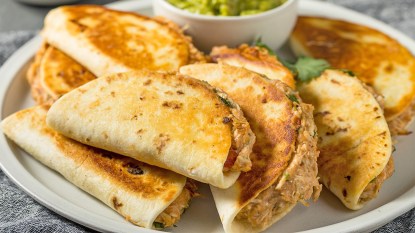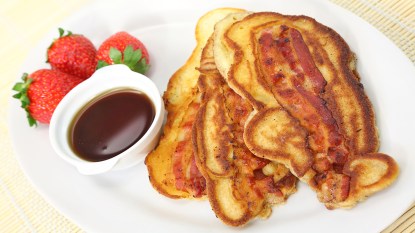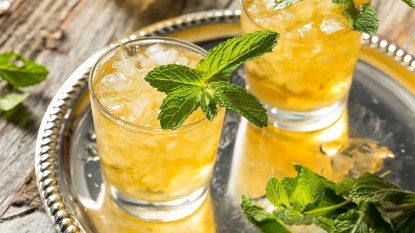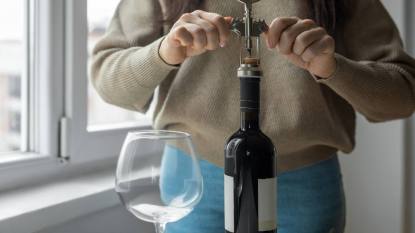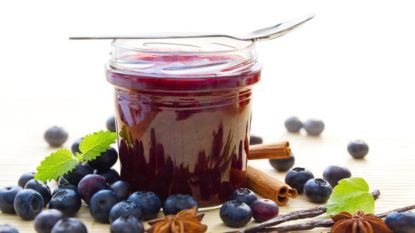We Taste-Tested Two Artificial Sweeteners: This Is the One We Liked Best
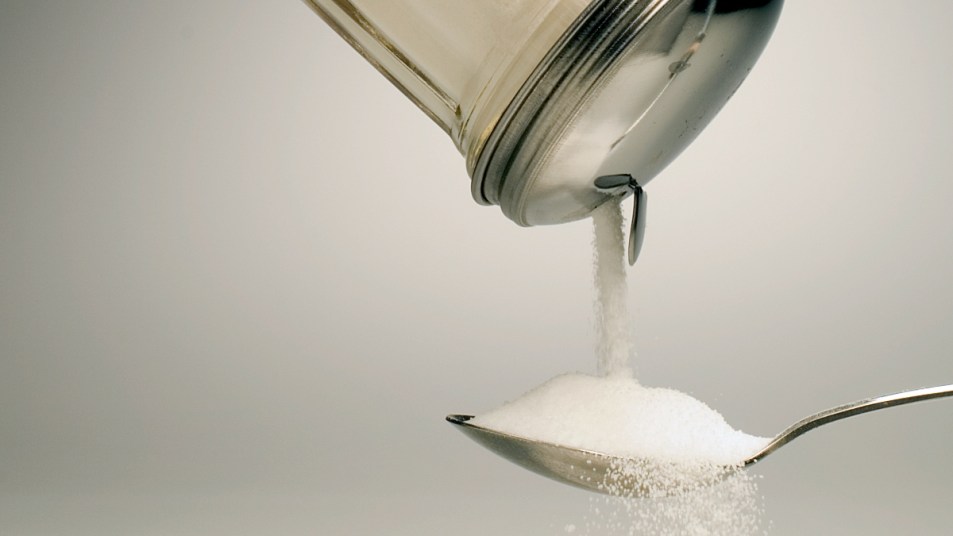
While we can all agree that real sugar tastes better than sugar substitutes, fake sweeteners aren’t always the enemy. They allow diabetics to enjoy a cup of coffee flavored the way they like, and they can help dieters reduce their sugar intake. But do any of the fake sweeteners out there really taste like real sugar, and do they work in baked goods? I recently heard about a sweetener known as Purecane, and wanted to see how it would compare to stevia.
What is stevia?
Stevia (Buy from Amazon, $10.99) is a zero-calorie sweetener that comes from the leaves of the stevia plant. While it is marketed as a natural sweetener because of its origin, it is still highly processed so that it resembles real sugar granules. And some stevia products are actually a blend of fake sweeteners. Still, many people enjoy stevia because it comes from a natural source, unlike artificial sweeteners. It’s also marketed as a sustainable sugar substitute, with a smaller carbon footprint than beet and cane sugar. (Click through for more on stevia vs. allulose, another natural sweetener)
What is Purecane?
Purecane (Buy from Purecane, $11.99) is an interesting fake sweetener because it is derived from actual sugar cane. The natural fermentation of yeast and sugarcane syrup creates a molecule called Reb M, which is the key ingredient in Purecane. (The other two ingredients are erythritol, a naturally occurring sugar alcohol, and soluble fiber.)
Purecane advertises that they are nearly a zero-waste company, and that their sugarcane is grown sustainably in Brazil. In addition, the company claims that it has no bitter aftertaste. However, can it compete with stevia?
Making Stevia Cupcakes and Purecane Cupcakes
To put stevia and Purecane to the test, I decided to whip up some cupcakes. I followed this recipe from Food, which called for:
- 2 cups of flour
- ½ teaspoon of salt
- 2 teaspoons of baking powder
- ½ cup of butter, softened
- ¾ cup of granulated sugar
- 2 eggs
- 1 cup of milk
- 1 teaspoon of vanilla extract
I didn’t want to make a huge number of cupcakes, so I divided the recipe in half and used each half to make the stevia and Purecane versions. Purecane is a one-to-one substitution, which made it an easy swap. Stevia is 200 to 400 times sweeter than regular sugar, however, so I used about 3/8 teaspoons of stevia in place of 3/8 cups of sugar. Then, I whipped up the batters for both sets of cupcakes and spooned them into two separate baking trays.
While the cupcakes were baking in the oven, I decided to try my hand at sugar-free icing. I decided not to follow a particular recipe so I could experiment and adjust as needed. I warmed up a mixture of butter, cream cheese, vanilla, and a small amount of milk in the microwave, then divided it into two bowls. (Heating the mixture helped dissolve the sweetener granules.)
I added about a pinch of stevia to one bowl and mixed. The ingredients wouldn’t come together, so I tried adding a little more milk and a tiny bit more stevia. It looked like a soupy mess! Finally, I added sugar-free chocolate chips, which helped things along. In the other bowl, I added about ¼ cup of Sugarcane and continued to add more until the consistency formed into a thick icing.
Once the cupcakes were out of the oven and cooled, I iced the Purecane cupcakes with vanilla Purecane icing. and the stevia cupcakes with chocolate stevia icing.
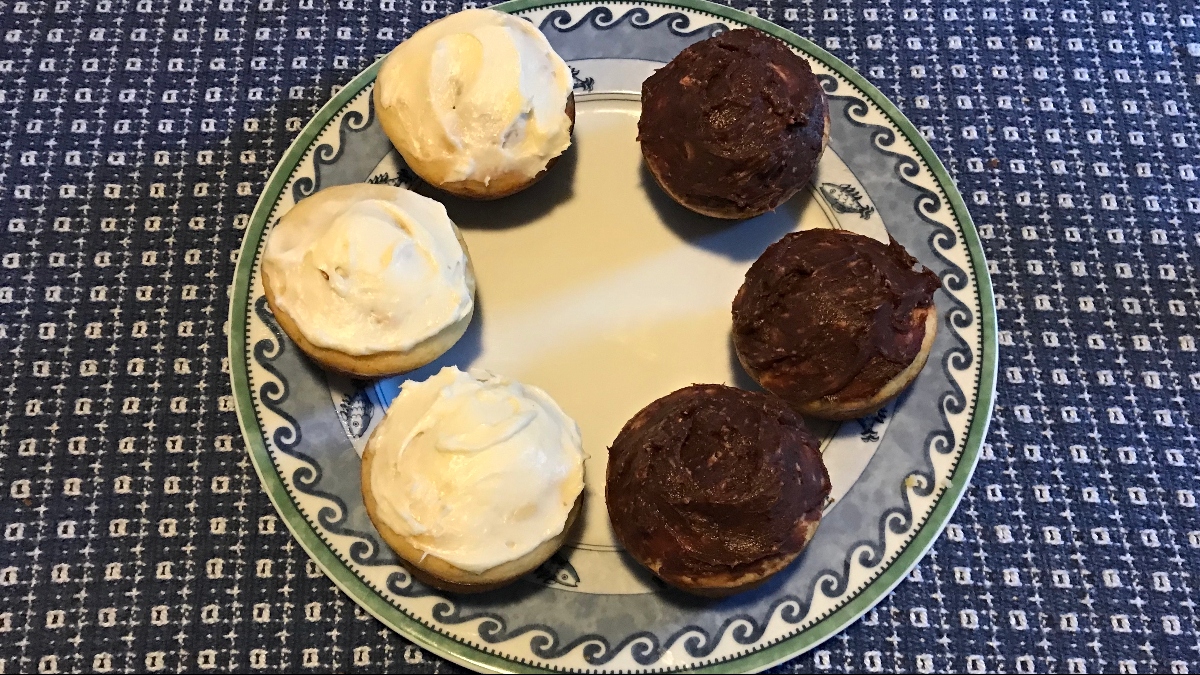
Which cupcakes tasted better?
In my opinion, there was a clear winner: Purecane. I could still tell that the sweetener was fake, but it didn’t have a bitter aftertaste. Also, the cupcake was slightly moister than the stevia one, and the icing had a perfect consistency. I somewhat expected this, because sugar improves the texture of baked goods and icing. Without enough of it, you won’t get the right textures and flavors. Purecane was a one-to-one swap, so I could bake with the exact amount of fake sweetener that I needed.
This doesn’t mean that you can’t bake with stevia! It would have been fairer to follow a cupcake recipe intended for stevia, which would have added other ingredients to improve the consistency, texture, and flavor.
In addition, Purecane has a few downsides. You will go through a pack of Purecane more quickly, because you need to use more of it in recipes. Artificial sweeteners can also upset your stomach and cause bloating and diarrhea. Since you need a good amount of Purecane in baked goods, you may be more likely to get a stomachache from it than stevia. Neither type of cupcake gave me an issue, but I plan to use both sweeteners in moderation out of caution.
Now that you know the pros and cons, which sweetener will you try? I’ll keep both products in my baking cabinet for now, but I have a feeling that I’ll run out of Purecane more quickly.
For an update on a promising new sweetener, click through to our sister publication’s story Top Doctor: *This* Sweetener Dials Down Blood Sugar to Make Weight Loss Effortless
This article was not sponsored by Purecane. Purecane offered product samples to our editor at no cost.


